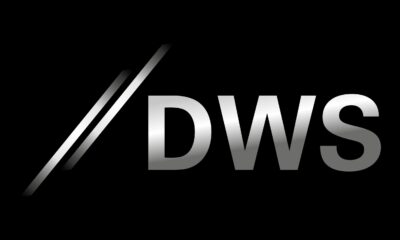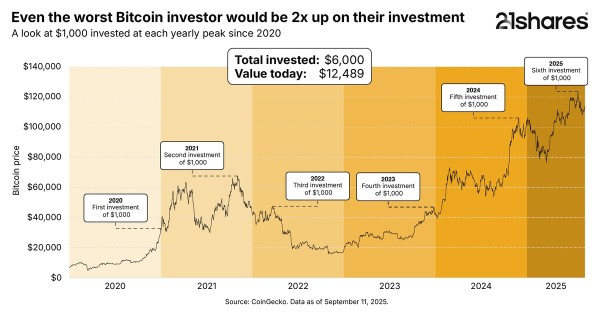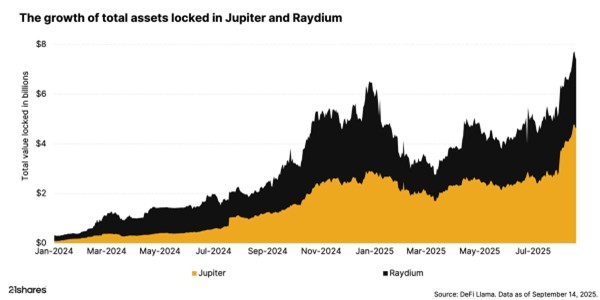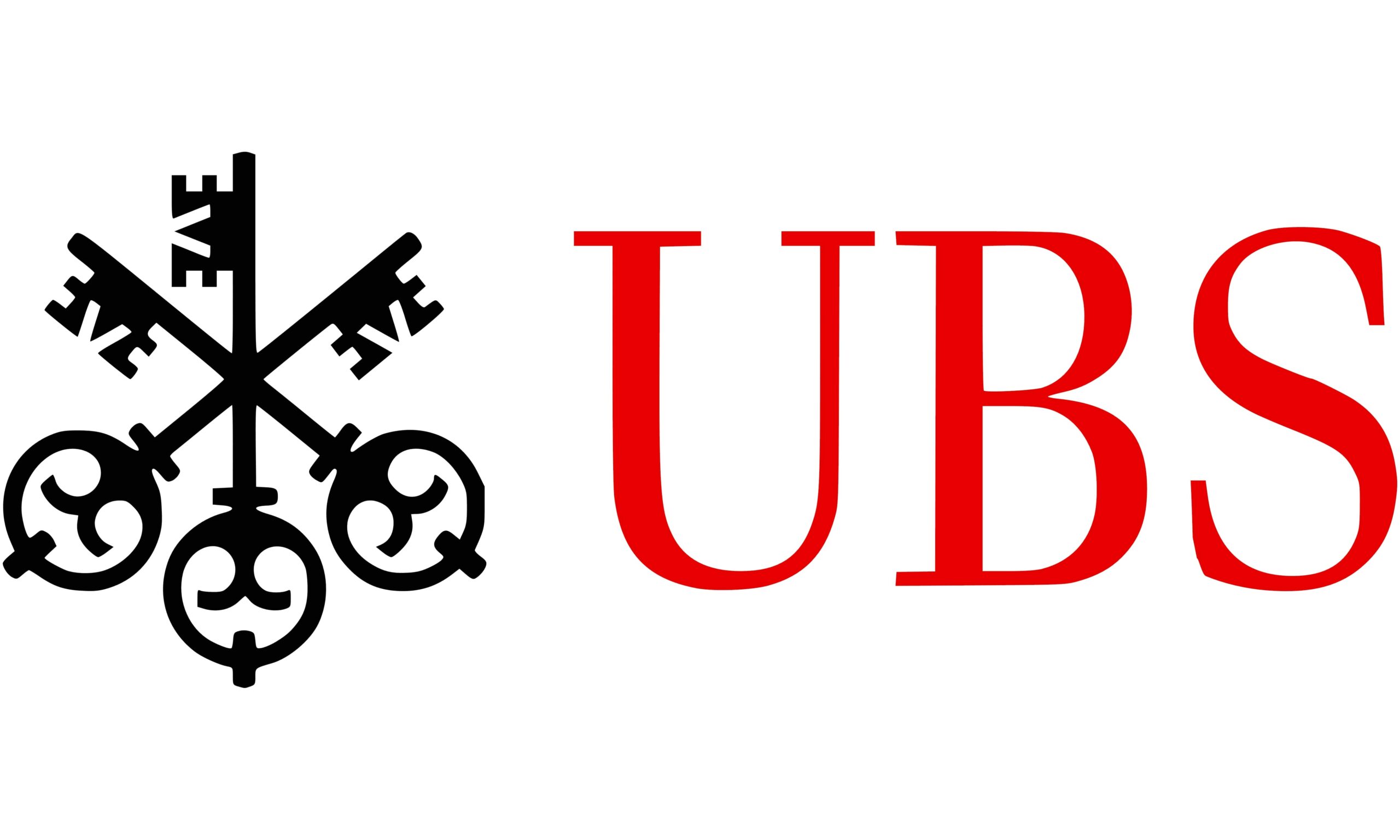SPDR, eller State Street Global Advisors, har adderat nya sektorer för första gången på 17 år. Därmed har antalet sektor-ETFer också ökat för första gången på lika många år. State Street Global Advisors har ökat antalet sektor-ETFer med två nya börshandlade fonder som kommer att replikera utvecklingen av företag som är verksamma inom finansiella tjänster och fastighetsinvesteringar, så kallade REITs, eller Real Estate Investment Trusts. Samtidigt sänker State Street Global Advisors förvaltningskostnaderna för alla ETFer i Select Sector SPDR serien.
Financial services Select Sector SPDR Fund (NYSEArca: XLFS) och Real Estate Select Sector SPDR Fund (NYSEArca: XLRE) började handlas torsdagen den 8 oktober, enligt ett pressmeddelande. De nya ETFerna erbjuder placerarna ett sätt att få en riktade exponering för finansiella tjänster och fastighetssektorn. De nya branschfonderna lanseras inför de revideringar av Global Industry Classification Standard (GICS) struktur som just nu genomförs.
S & P Dow Jones Index och MSCI meddelade nyligen att fastighetssektorn, exklusive bostads REITs, flyttas ut ur bredare finanssektorn och kommer att göras om till en egen sektor. Investerare av alla typer alltmer försöker uttrycka en riktad investeringssynpunkt och när de fortsätter att utöka sin användning av ETF sektorn är intresserade av att få mer detaljerad exponering mot finansiella företag, i synnerhet som det är förenligt med förändringarna i GICS standard.
Real Estate Select Sector SPDR Fund (NYSEArca: XLRE)
XLRE kommer att försöka återspegla resultatet av Real Estate Select Sector Index, som omfattar fastighetsförvaltning och fastighetsutveckling samt REITs, exklusive bostads REITs. Det underliggande indexet har en direktavkastning på 3,36 procent. De största innehaven inkluderar Simon Property Group (NYSE: SPG) 12,7%, American Tower (NYSE: AMT) 8,4%, Public Storage (NYSE: PSA) 6,7%, Equity Residential (NYSE: EQR) 5,9% och Crown Castle International Corp. (NYSE: CCI) 5,7%.
Undersektorerna omfattar inkluderar specialiserade REITs 30,1%, detaljhandel REITs 23,1%, bostäder REITs 15,4%, hälsovård REITs 12,1%, kontors REITs 10,0%, industri REITs 4,5%, Hotel & Resort REITs 2,9% och fastighetstjänster 2,1%.
Financial services Select Sector SPDR Fund (NYSEArca: XLFS)
XLFS kommer att försöka återspegla resultatet av finansiella tjänster Select Sector Index, som spårar områden som diversifierade finansiella tjänster, försäkringar, banker, kapitalmarknader, konsument finans, thrifts, inteckning finans och inteckning REITs. Det underliggande indexet har en direktavkastning på 1,9 procent.
De största innehaven inkluderar Berkshire Hathaway (NYSE: BRK.B) 10,4%, Wells Fargo & Co. (NYSE: WFC) 10,2%, JPMorgan Chase & Co (NYSE: JPM) 9,6% Bank of America Corp (NYSE: BAC) 6,9% och Citigroup (NYSE: C) 6,5%.
Undersektorerna inkluderar diversifierade banker innehav 36,3%, sektorsövergripande 10,7%, Asset Management & depåbanker 8,8%, regionala banker 7,1%, investment banking och mäkleri 6,8%, skadeförsäkrings 6,5%, liv och sjukförsäkring 6,5% , konsumentkrediter 5,6%, multi-line försäkring 4,8%, specialiserad finans 4,4%, försäkringsmäklare 2,3% och thrifts & Fastighetsfinansiering 0,2%.
Vad händer då med XLF?
Den börshandlade ETF som redan funnits, Financial Services Select Sector SPDR (NYSEArca: XLF) ses som en bredare version som omfattar både XLFS och XLRE delsektorer. Det betyder att denna ETF kan fortsätta att användas av den som vill replikera utvecklingen av den bredare finansiella sektorn. XLF kommer således att förbli oförändrad, men med de nya börshandlade fonderna kan investerarna få en betydligt mer riktad exponering mot de nya sektorerna som är en följd av omklassificieringen hos GICS.
Sänker avgifterna
SDPR sänker också avgifterna. Inte nog med att State Street lanserar två nya sektor-ETFer, företaget sänker även förvaltningskostnaderna för sina börshandlade fonder över hela linjen när bolaget lanserar nya sektorer för första gången på 17 år. Den årliga förvaltningskostnaden sjunker från 0,15 procent till 0,14 procent. Detta skall ställas mot den kostnadsprocent på 0,65 procent som SPDR tog ut för sina börshandlade fonder när de lanserades 1998. State Street säger att sänkningen är en följd av att fler och fler investerare använder sig av företagets börshandlade fonder vilket gett stordriftsfördelar.

 Nyheter3 veckor sedan
Nyheter3 veckor sedan
 Nyheter4 veckor sedan
Nyheter4 veckor sedan
 Nyheter4 veckor sedan
Nyheter4 veckor sedan
 Nyheter4 veckor sedan
Nyheter4 veckor sedan
 Nyheter2 veckor sedan
Nyheter2 veckor sedan
 Nyheter3 veckor sedan
Nyheter3 veckor sedan
 Nyheter2 veckor sedan
Nyheter2 veckor sedan
 Nyheter4 veckor sedan
Nyheter4 veckor sedan





























